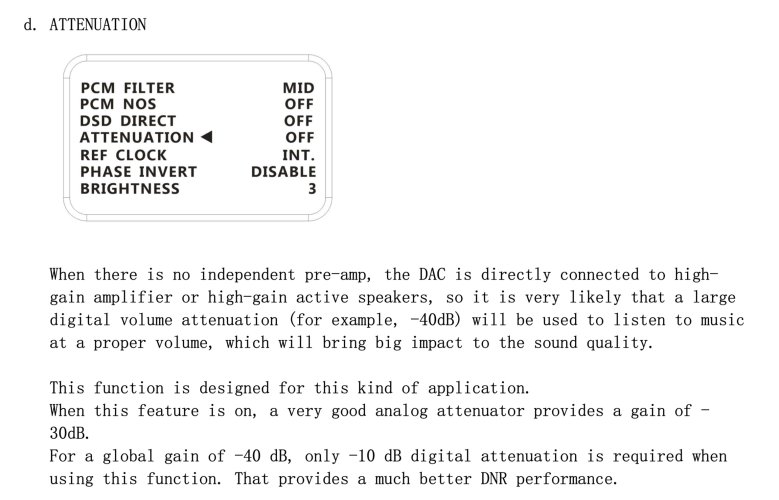+1 for the R26's Toslink sounding good. I use the optical output from AV sources like my TV and Apple TV cleaned up by an IFI S/pdif iPurifier2 (powered by an IFI Power X + iFi DC iPurifier2) and it sounds ridiculously good even with compressed /lower bitrate content. I highly recommend the iFi S/pdif iPurifier2 and as clean power you can provide it with as an affordable way of very effectively regenerating and reclocking a less than perfect s/pdif source. Without the iFi combo those AV sources were thin and brittle. The only other DDCs I'm aware of that take and reclock s/pdif inputs are the Denafrips and Audio-GD DDCs which cost a fair bit more, but also have a broader set of input and output capabilities.This is a subjective audio forum. I doubt Currawong has no idea how to listen to different inputs correctly. Plus my main point is my opinion - I’m saying optical with CDs sounds great to me. I bet this dac sounds great with lots of things so that’s probably the ultimate truth.
I was also surprised at how close the s/pdif outputs of my U18 DDC came to its I2S out, all feeding the R26. It's all very cable dependent too of course. I have good but not top flight Toslink and i2S cables.
Last edited:





















